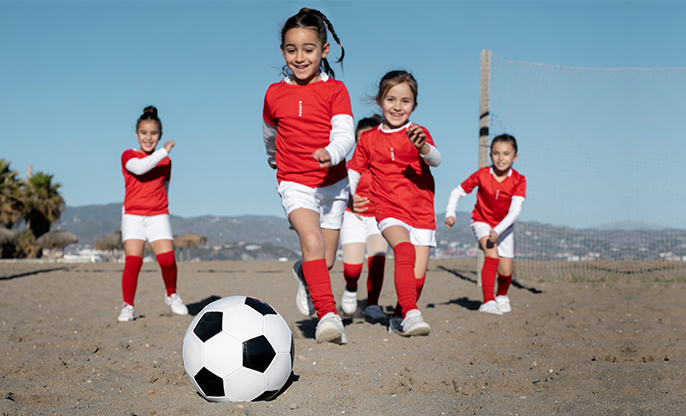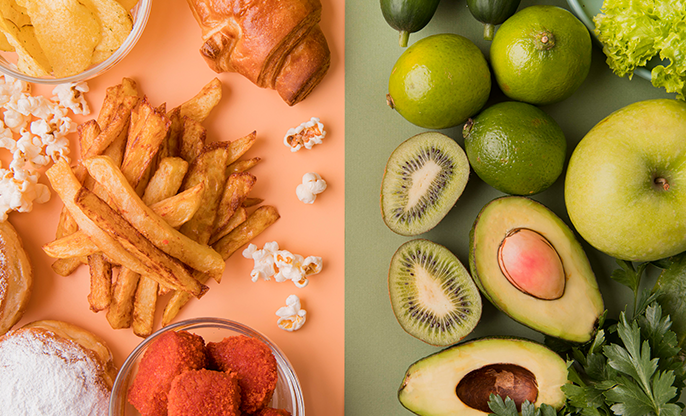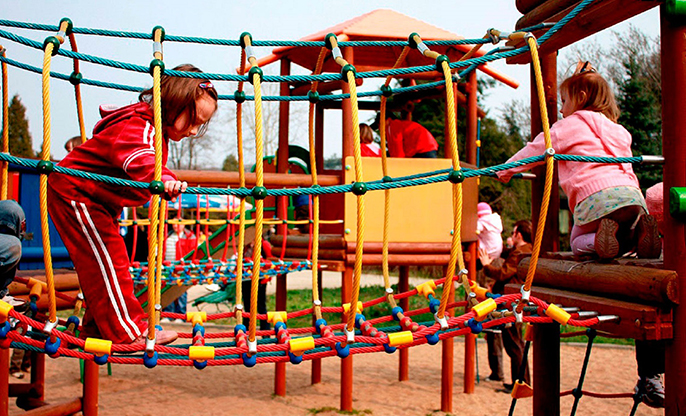
Physical activities for children: why and how much
It's no secret that physical activity is important for everyone, but more so for children. Yet, more and more children are engaging in digital activities, such as gaming and social media. Thus, physical activity often takes a backseat. Luckily, there are several ways to get the kids off the couch and be active. From outdoor playtime to organized sports activities, there's a lot of potential for physical activity that can be fun and beneficial.
The Importance of Physical Activity in Early Development
Physical activity is not only important for children's health—it's also critical for their development. Regular physical activity can help children develop motor skills and enhance cognitive ability. In the long run, it helps them stay healthy, strengthens their bones, boosts confidence, and encourages them to form strong social bonds with peers.
Studies have shown that physical activities can also help improve young children's memory, concentration, and other academic skills. Instilling an attitude of activity at an early age ensures they stay healthy long into adulthood. Physical activities like running and swimming can also help teach kids important life lessons like teamwork, determination, and self-belief.
How Much and What Intensity of Physical Activity Is Appropriate for Children
It is important to know how much and what intensity of physical activity is good for kids. Based on the guidelines provided by CDC, children under the age of 3 should be physically active throughout the day for at least 3 hours.
For children aged 3-5, the recommended amount of physical activity is at least 60 minutes a day, with some of the activity being moderate to vigorous intensity. For children aged 6-17, at least 60 minutes of moderate to vigorous intensity activity is recommended each day.
Light Intensity Physical Activity for Children
Light-intensity activities include stretching exercises or yoga. Activities like playing with a hula hoop, jumping rope, or having fun at home moving about can help children become more active.
Moderate Intensity Physical Activity for Children
Examples of light to moderate-intensity activities for school-age children are walking, swimming, or dancing. These are great ways to stay active while having fun. For preschoolers, running around an outdoor or indoor playground can be a great way to burn energy while developing coordination.
Vigorous Physical Activity for Children
Examples of vigorous physical activities include running or swimming sprints - something preschoolers could not do yet - and doing sports like football or basketball practices that involve running longer distances or doing drills with other team players. These activities will help them develop fitness levels and skills like teamwork and communication.
Muscle and Bone Strengthening Activities for Children
Children also need to engage in muscle and bone-strengthening activities such as climbing, jumping, gymnastics, and carrying heavy objects. These activities are best for kids aged 6-17, as their bodies can handle the physical strain better, and their bones and muscles are strengthened more at this age.
With physical activity, kids can feel better, look better, and have fun along the way. It's incredibly important to give children an opportunity to discover the joys of physical activity, find something they love, and engage in short-term and long-term benefits.





